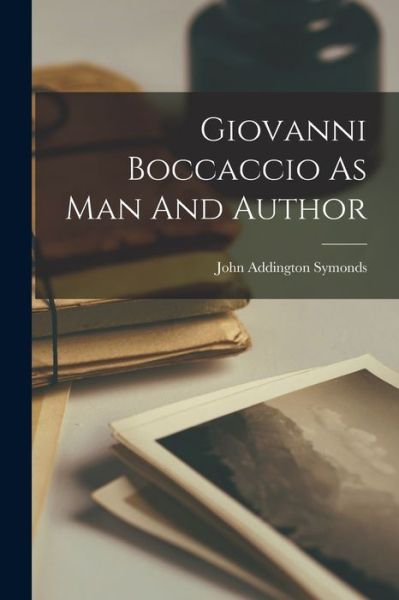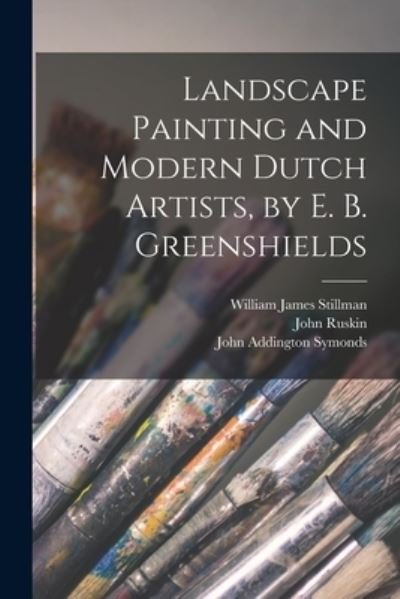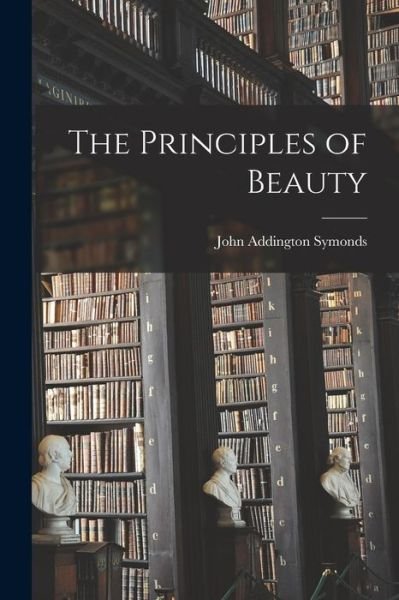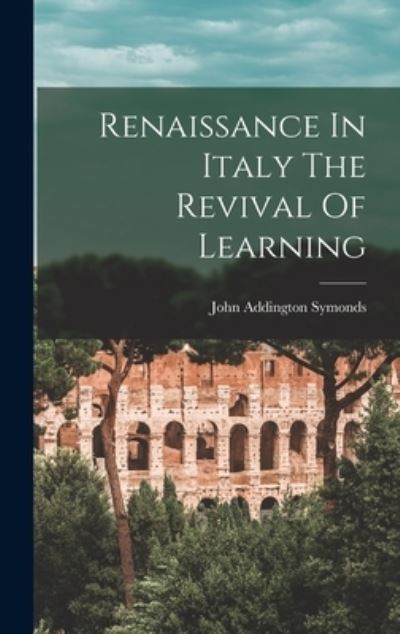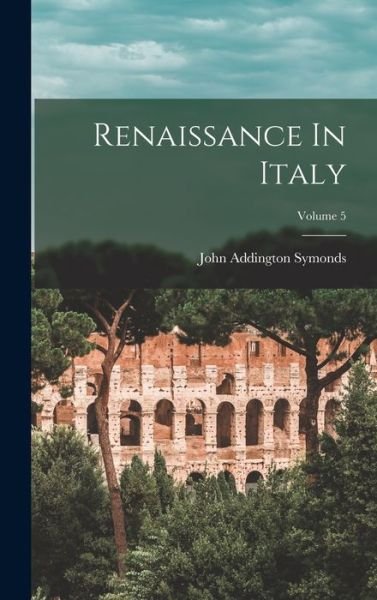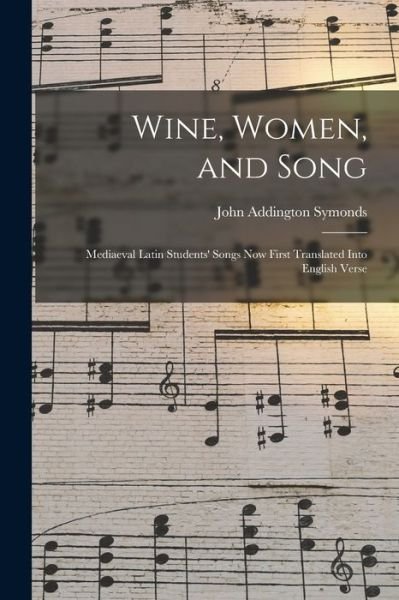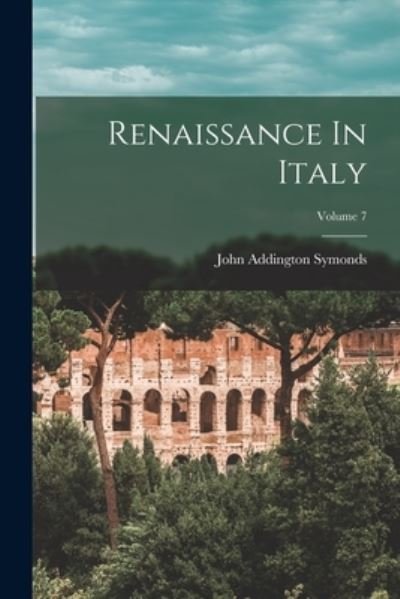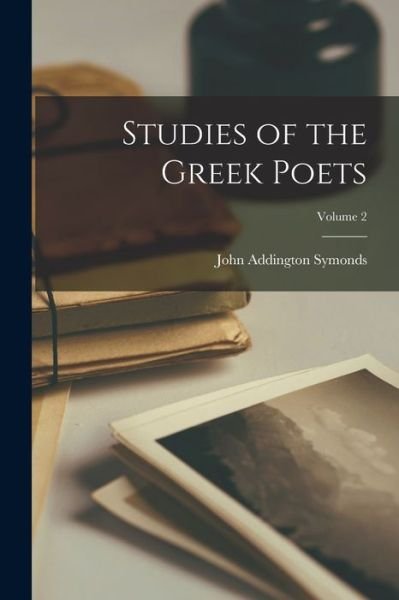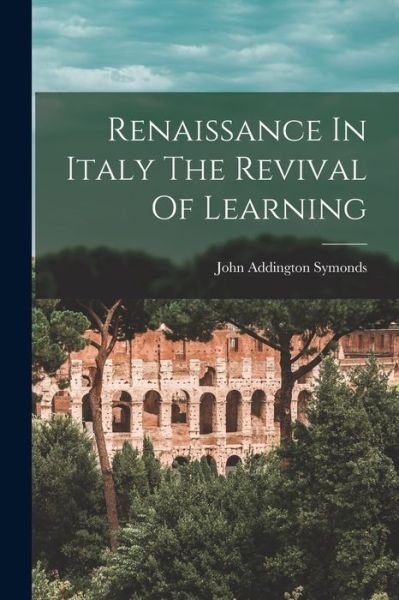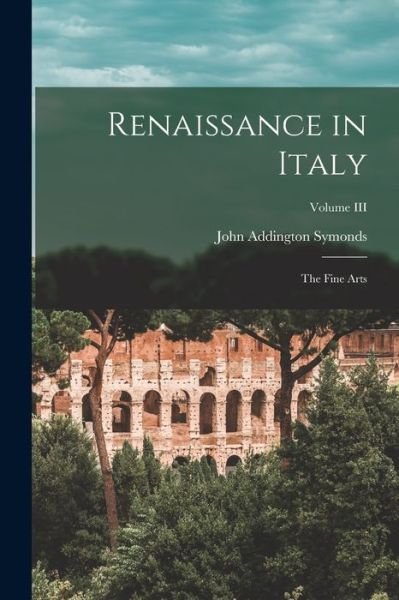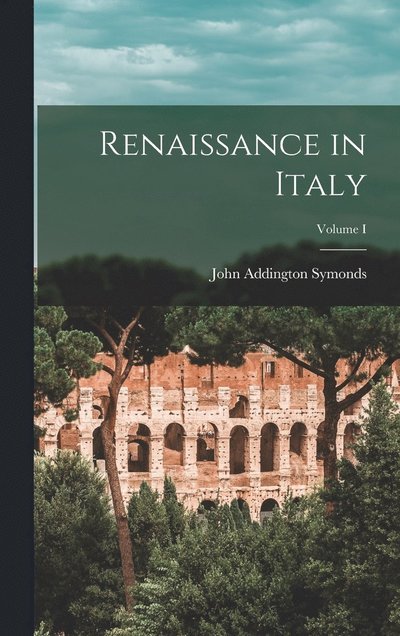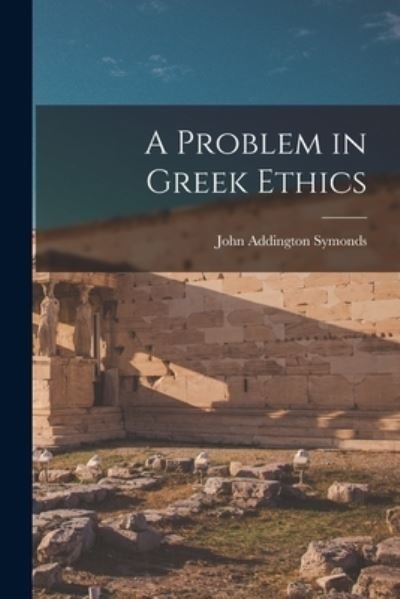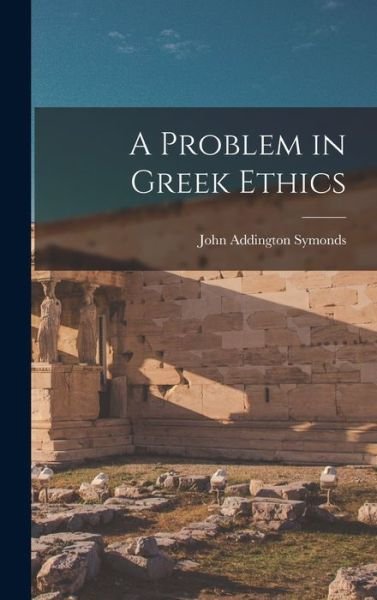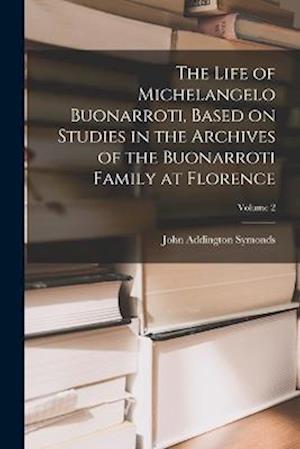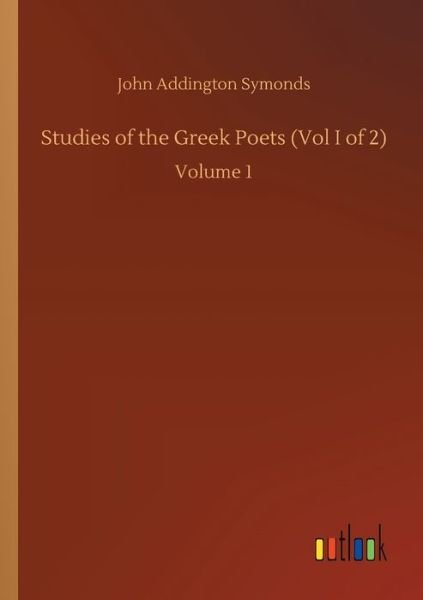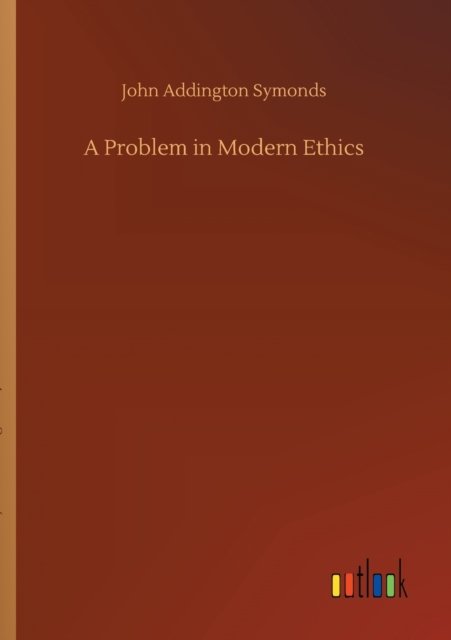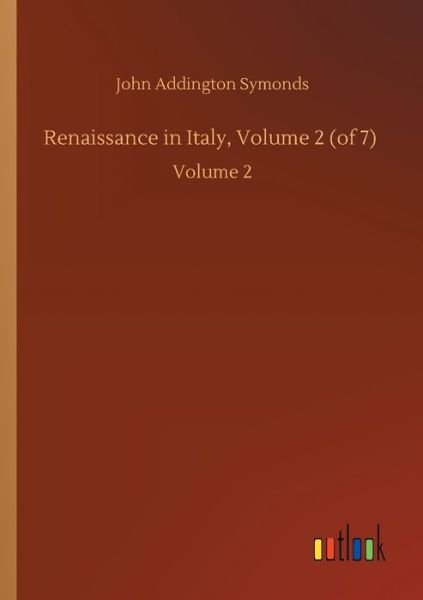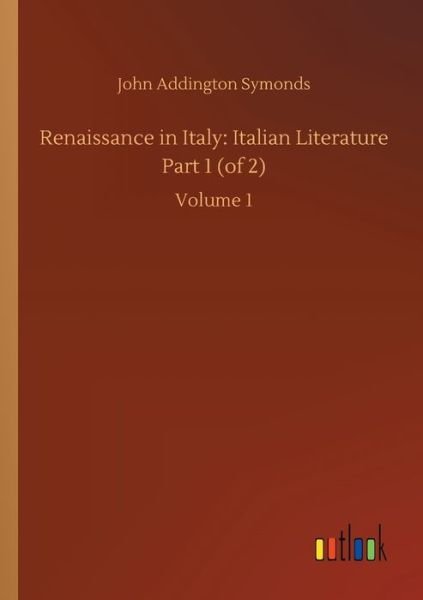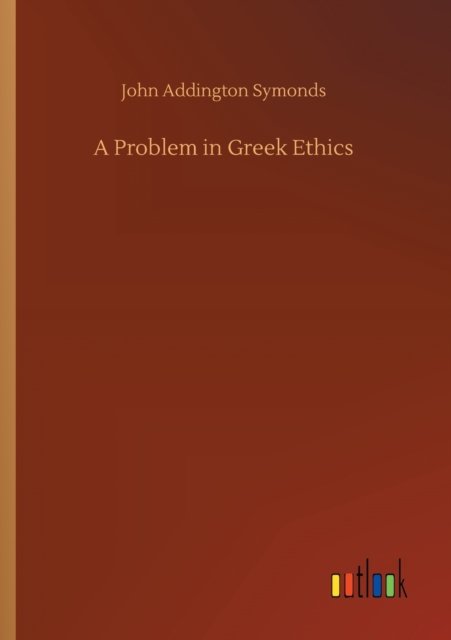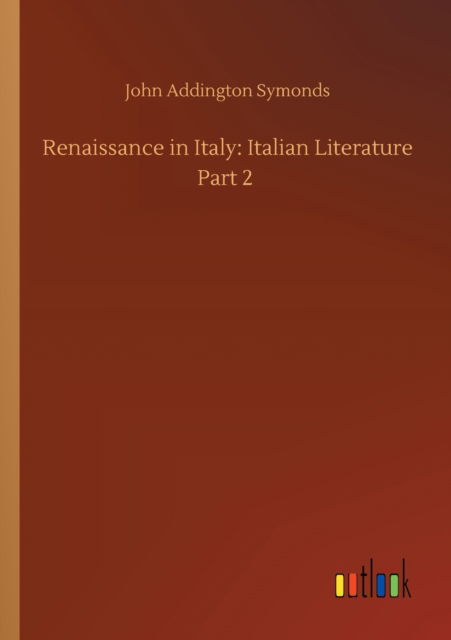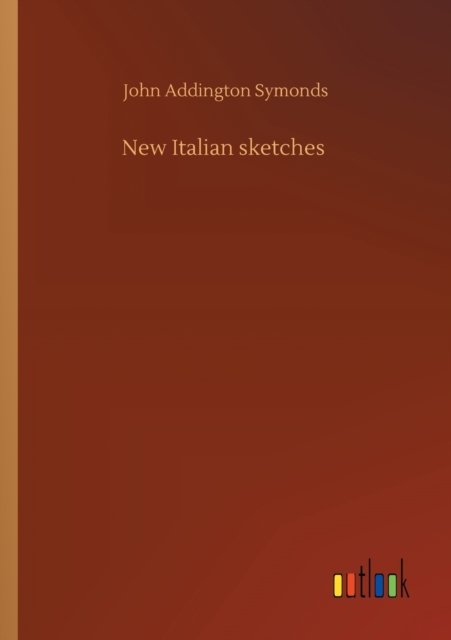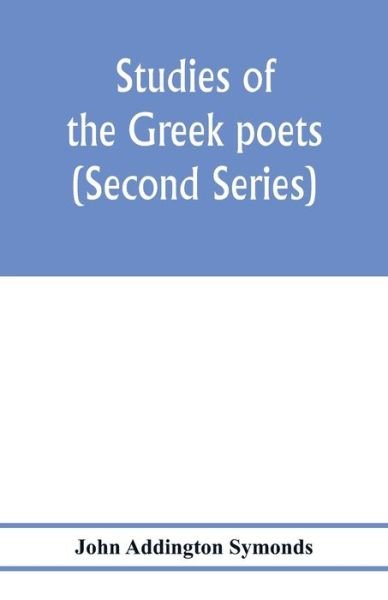
Conte aos seus amigos sobre este item:
Italian Byways.
John Addington Symonds
Italian Byways.
John Addington Symonds
Publisher Marketing: Title: Italian Byways. Publisher: British Library, Historical Print EditionsThe British Library is the national library of the United Kingdom. It is one of the world's largest research libraries holding over 150 million items in all known languages and formats: books, journals, newspapers, sound recordings, patents, maps, stamps, prints and much more. Its collections include around 14 million books, along with substantial additional collections of manuscripts and historical items dating back as far as 300 BC. The GEOGRAPHY & TOPOGRAPHY collection includes books from the British Library digitised by Microsoft. Offering some insights into the study and mapping of the natural world, this collection includes texts on Babylon, the geographies of China, and the medieval Islamic world. Also included are regional geographies and volumes on environmental determinism, topographical analyses of England, China, ancient Jerusalem, and significant tracts of North America. ++++The below data was compiled from various identification fields in the bibliographic record of this title. This data is provided as an additional tool in helping to insure edition identification: ++++ British Library Symonds, John Addington; 1883. 350 p.; 8 . 10136.ccc.33. Contributor Bio: Symonds, John Addington Michelangelo Buonarroti: Most famous for painting the Sistine Chapel and his sculpture of David, the Italian Renaissance artist Michelangelo was also a prolific poet, in his lifetime penning more than 300 sonnets and madrigals. Michelangelo's poems are like the letters of other artists: they range from formal words of thanks to passionate argument; they flatter patrons, address lovers - and God. As in his sculpture, Elizabeth Jennings remarks, so in the poems, the "dominating feature is vehement energy, an energy which is mastered by a longing for order. It is in his poetry that many critics have seen present the clearest evidence of his homosexual leanings. The openly homoerotic nature of the poetry has been a source of discomfort to later generations. Michelangelo's grandnephew, Michelangelo the Younger, published them in 1623 with the gender of pronouns changed, and it was not until John Addington Symonds translated them into English in 1878 that the original genders were restored - the book featured here is a later edition of this work which features the Symonds translations side-by-side with the original Italian (see here for the 1st edition, with no Italian). Even in modern times some scholars continue to insist that, despite the restoration of the pronouns, the sonnets represent "an emotionless and elegant re-imagining of Platonic dialogue, whereby erotic poetry was seen as an expression of refined sensibilities. Tommaso Campanella: Born in Stignano (in the county of Stilo) in the province of Reggio di Calabria in Calabria, southern Italy, Campanella was a child prodigy. Son of a poor and illiterate cobbler, he entered the Dominican Order before the age of fifteen, taking the name of fra' Tommaso in honour of Thomas Aquinas. He studied theology and philosophy with several masters. Early on, he became disenchanted with the Aristotelian orthodoxy and attracted by the empiricism of Bernardino Telesio (1509-1588), who taught that knowledge is sensation and that all things in nature possess sensation. Campanella wrote his first work, Philosophia sensibus demonstrata ("Philosophy demonstrated by the senses"), published in 1592, in defence of Telesio.
| Mídia | Livros Paperback Book (Livro de capa flexível e brochura) |
| Lançado | 11 de janeiro de 2011 |
| ISBN13 | 9781240929887 |
| Editoras | British Library, Historical Print Editio |
| Páginas | 374 |
| Dimensões | 246 × 189 × 20 mm · 666 g |
Mais por John Addington Symonds
Ver tudo de John Addington Symonds ( por exemplo Paperback Book , Hardcover Book e Book )




